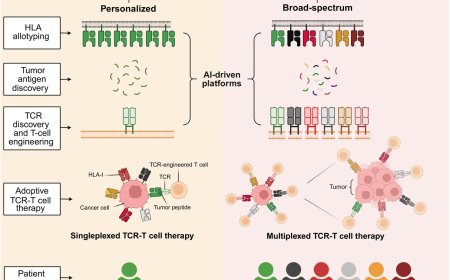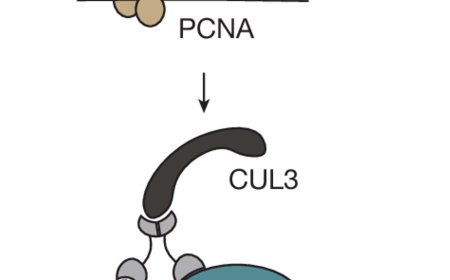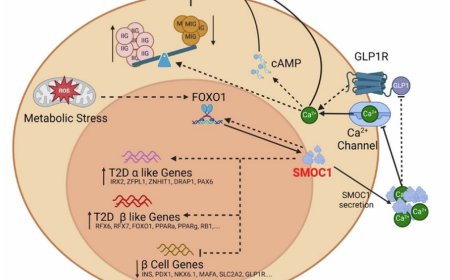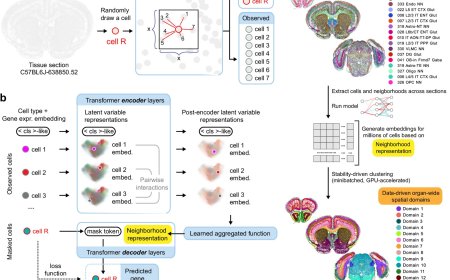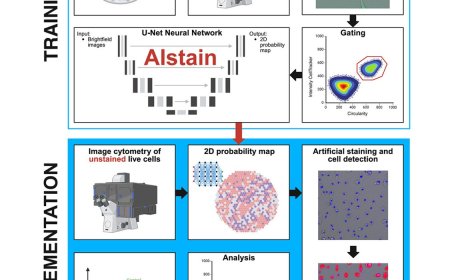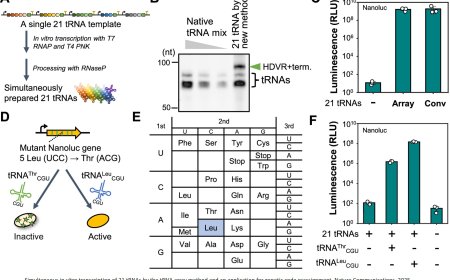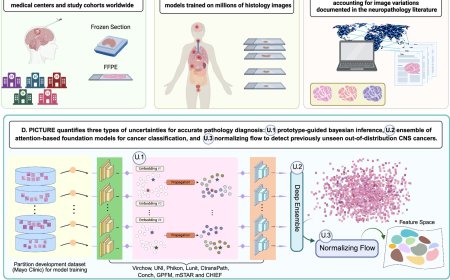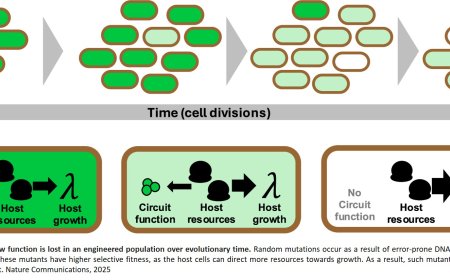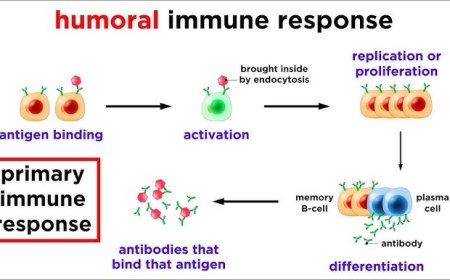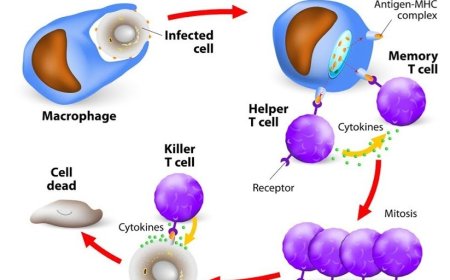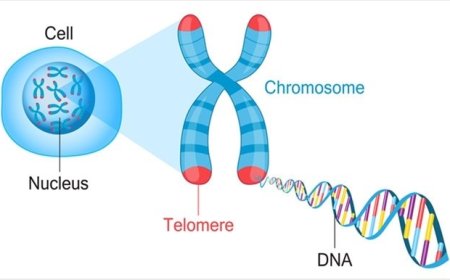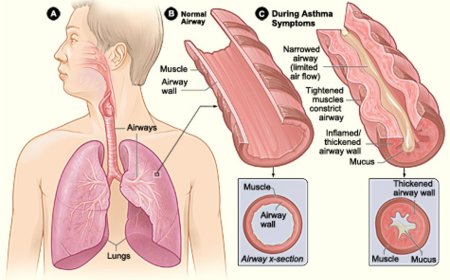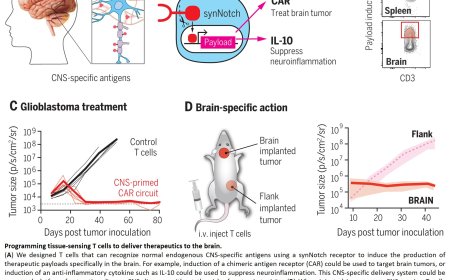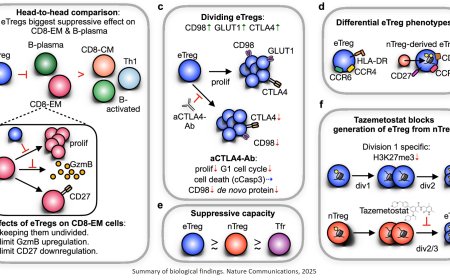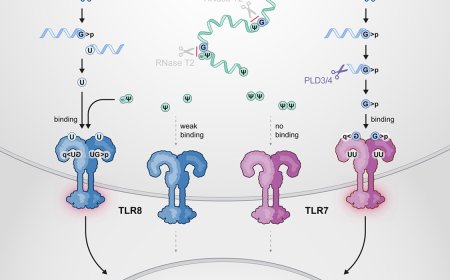Skin hormone hepcidin in psoriasis
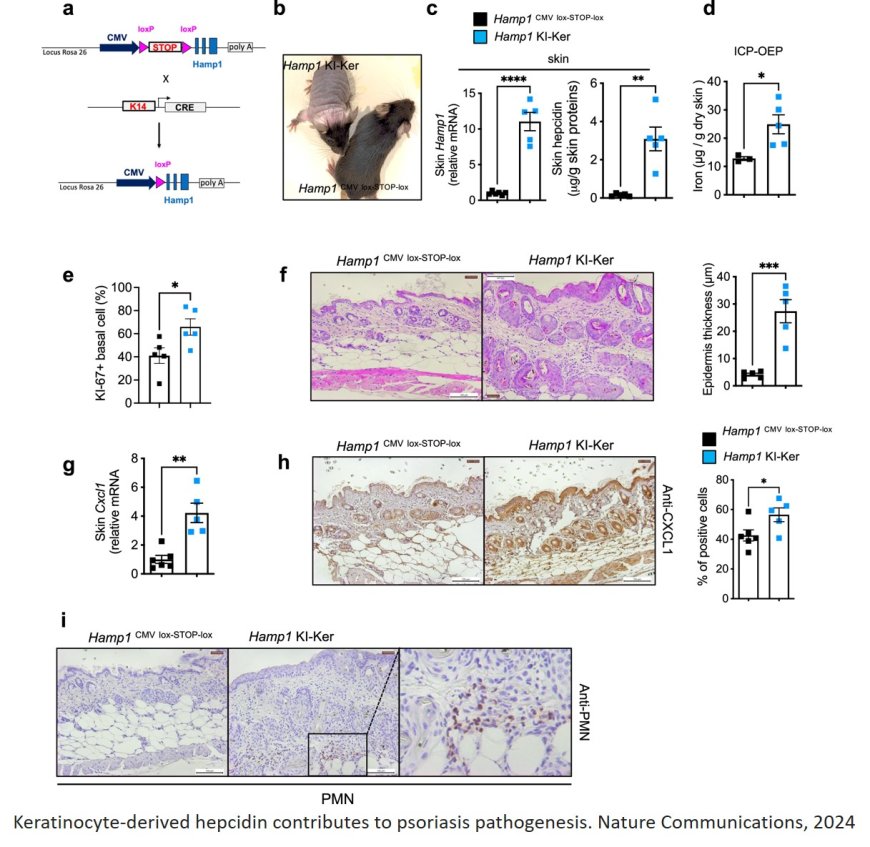
Scientists may have uncovered the root cause of psoriasis, a chronic and sometimes debilitating skin disease that affects 2-3% of the global population. The condition is characterized by red, scaly patches that impact the quality of a patient’s life and can sometimes be life-threatening.
New research strongly suggests the hormone hepcidin may trigger the onset of the condition. This marks the first time hepcidin has been considered a potential causal factor. In mammals, hepcidin is responsible for regulating iron levels in the body.
The international research team behind this discovery hopes their finding will lead to the development of new drugs able to block the action of the hormone.
Those most likely to benefit from such a treatment are patients with pustular psoriasis (PP) – a particularly severe and treatment-resistant form of the disease that can affect a patient’s nails and joints as well as skin.
Iron is an essential trace metal, not just for transporting oxygen through the body’s circulatory system but also for maintaining healthy skin: it’s involved in many essential cellular functions, including wound healing, collagen production and immune function. However, iron overload in the skin can be harmful, amplifying the damaging effects of UV sunlight and causing hyperproliferative chronic diseases (where cells grow and multiply more than normal), including psoriasis.
Studies going back 50 years have reported high iron concentrations in the skin cells of psoriatic patients, however the cause of this excess and its significance to the condition have remained unclear until now.
The new study – published in the high-impact academic journal Nature Communications – is the first to name hepcidin as the likely link.
Hepcidin is responsible for controlling how much iron is absorbed from food and later released into the body. In healthy individuals, it’s produced exclusively in the liver, however the new study has found that in people with psoriasis, the hormone is also generated in the skin.
In the new study, mice (which have many genetic and physiological similarities to humans) developed a rodent form of psoriasis after being exposed to high levels of skin-produced hepcidin.
This over-abundance of the hormone caused the animals’ skin cells to retain far more iron than was required. In turn, this excess iron triggered both a hyperproliferation of skin cells and an abnormally high concentration of inflammation-inducing neutrophils (a type of immune system cell) in the topmost layer of skin.
These two outcomes – an overproduction of skin cells and an abundance of neutrophils – are main features of human psoriasis.
Psoriasis runs in families though experts believe ‘environmental’ factors such as weight, infections and smoking are also triggers.
Currently there is no cure for psoriasis, though treatments that include topical creams, light therapy and oral drugs can help keep symptoms under control for patients with some forms of the condition. Recent treatments have focused on targeting the immune pathways that contribute to psoriasis developing.
The senior author said: “Our data strongly suggests hepcidin would be a good target for skin psoriasis treatment. A drug that can control this hormone could be used to treat flare-ups and keep patients in remission to prevent recurrence.
“Also, by adjusting the excess iron in psoriatic skin with customised iron chelators (substances that bind to excess iron in the body and help remove it), we would aim to halt the uncontrolled proliferation of psoriatic skin cells. This hyperproliferation is a major focus of our laboratory’s research on psoriasis therapy.”
